Sixty years of innovation:
Key moments in service technologyMcKinsey QuarterlyOctober 2024InteractiveFrom semiconductors to cell phones to generative AI, here are 25 developments that changed business permanently.1960 s1970s1980s1990s2000s2010s2020s1960sWith brand-new operating systems, the origins of networks, and calculating power poised to grow at an exponential rate, a generation of tech innovators laid the groundwork for the emerging technological revolution. Fasten your seat belts-- the speed of company is about to get a lot faster.1960 sWith new operating systems, the origins of networks, and calculating power poised to grow at an exponential rate, a generation of tech innovators laid the groundwork for the emerging technological transformation. Secure your seat belts-- the speed of business is about to get a lot quicker.1964 Modern computing is bornIBM's System/360 alters the video game foreverIBM presents System/360, marking an essential shift in calculating paradigms by allowing interchangeable software application and peripheral devices. This frees users from the restrictions of one-size-fits-all mainframes, which forced them to buy a completely brand-new computer system to add a brand-new function.
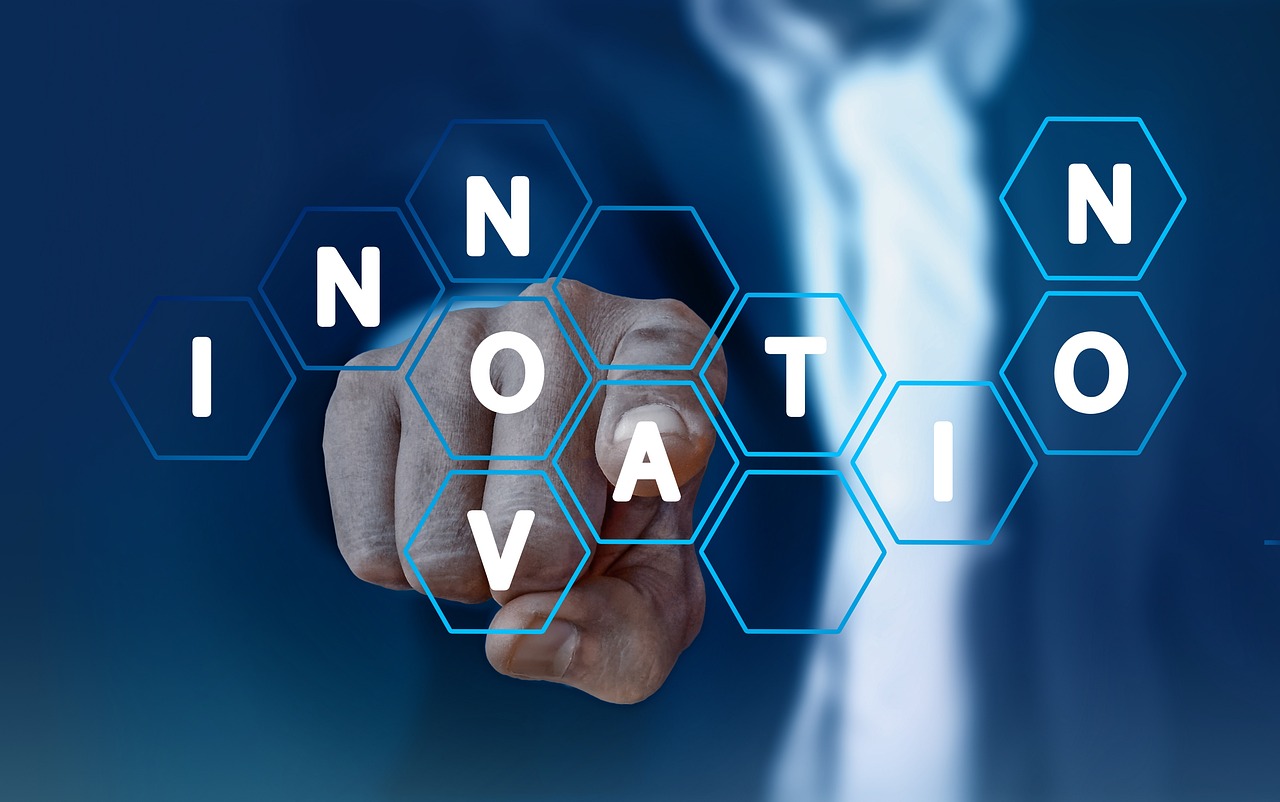
With System/360, software and hardware are decoupled, shaping the digital landscape to come.1965 The semiconductor revolution beginsMoore's law projections exponential growth in computing powerIntel cofounder Gordon Moore forecasts that the number of transistors on an integrated circuit will double every two years, with very little rise in expense. "Moore's law," as the coinage becomes understood, not just sets a target for chipmakers but also acts as a guiding principle in semiconductor technology, revolutionizing the electronics market and empowering developments that shape the coming period.1969 A brand-new age of connectivityARPANET sets the stage for the internetConnecting research websites at universities and businesses nationwide, the Advanced Research Projects Agency's ARPANET becomes the first computer system network to utilize package changing to connect geographically distributed computers, laying the foundation for the modern web.1970 sMobile connectivity, powerful microchips, satellite navigation, contemporary databases, the first microcomputers ... this is the decade in which the computer era truly gets under way.1973
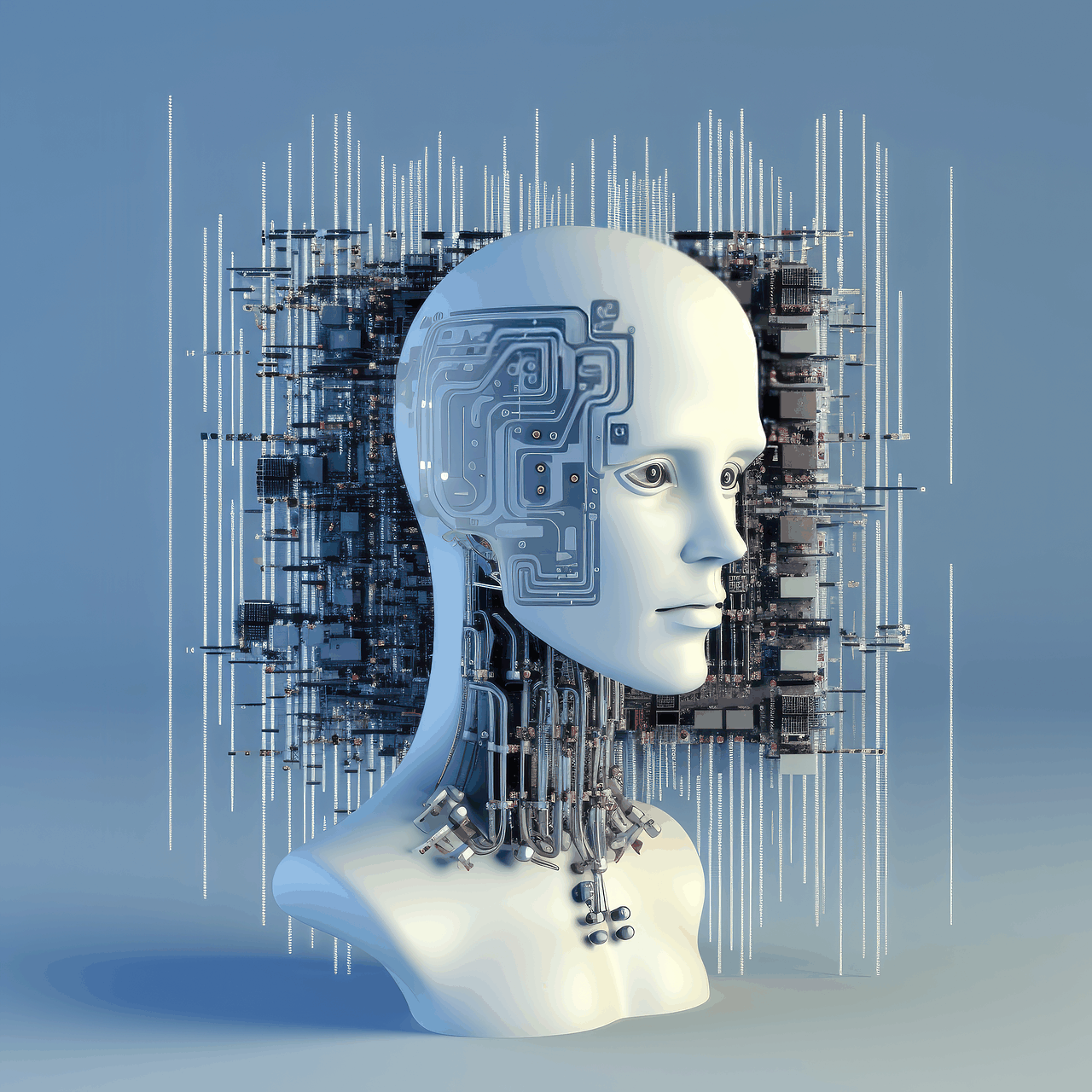
Welcome to wirelessThe very first cell phone call is madeMotorola engineer Martin Cooper makes the first-ever cell phone get in touch with the streets of New York (to engineer Joel Engel, head of a comparable project at rival AT&T). A years later on, the brick-size Motorola DynaTAC ends up being the very first cellular phone available to the public, offering 35 minutes of talk time per battery charge. The cost? $3,995.1973 GPS is bornUS military sparks a transformation in navigationThe US Department of Defense launches the job ultimately called Navstar GPS, a satellite-based radio navigation system that supplies positioning, timing, and navigation signals to military and civilian users. The very first prototype becomes operational in 1978, making GPS a vital tool for businesses-- enabling them to keep track of equipment conditions, track automobiles, optimize shipment schedules, and more.QuizWhich of these items were developed utilizing military research?Select all that applyMicrowave ovenDuct tapeBallpoint penAviator sunglassesBug sprayCrewneck undershirtAir conditioningSee answersThe following responses are presently selected:.1974

Retail gets smartAlmost over night, the Universal Product Code alters an industryWrigley launches a bundle of gum featuring an unusual series of black lines-- the first Universal Product Code (UPC). Developed with the aid of McKinsey, the UPC assists recognize products, enhancing the checkout procedure, cutting costs, and improving stock control. Less than a year later on, some 75 percent of grocery products sport the labels.1974 Intel triggers the PC revolutionA effective brand-new microprocessor paves the wayIntel releases the 8080, with twice the processing capabilities of its predecessor. Affordable and extremely versatile, the chip transforms the way electronics systems are developed and lays the foundation for the advancement of the individual computer.QuizThe '70s, '80s, and '90s saw the rapid development of PCs. Put these significant occasions in sequential order.Drag to reorder1974Steve Wozniak and Steven Jobs release the Apple-1.1976 Michael Dell launches PC's Limited out of his dormitory at the University of Texas.1978
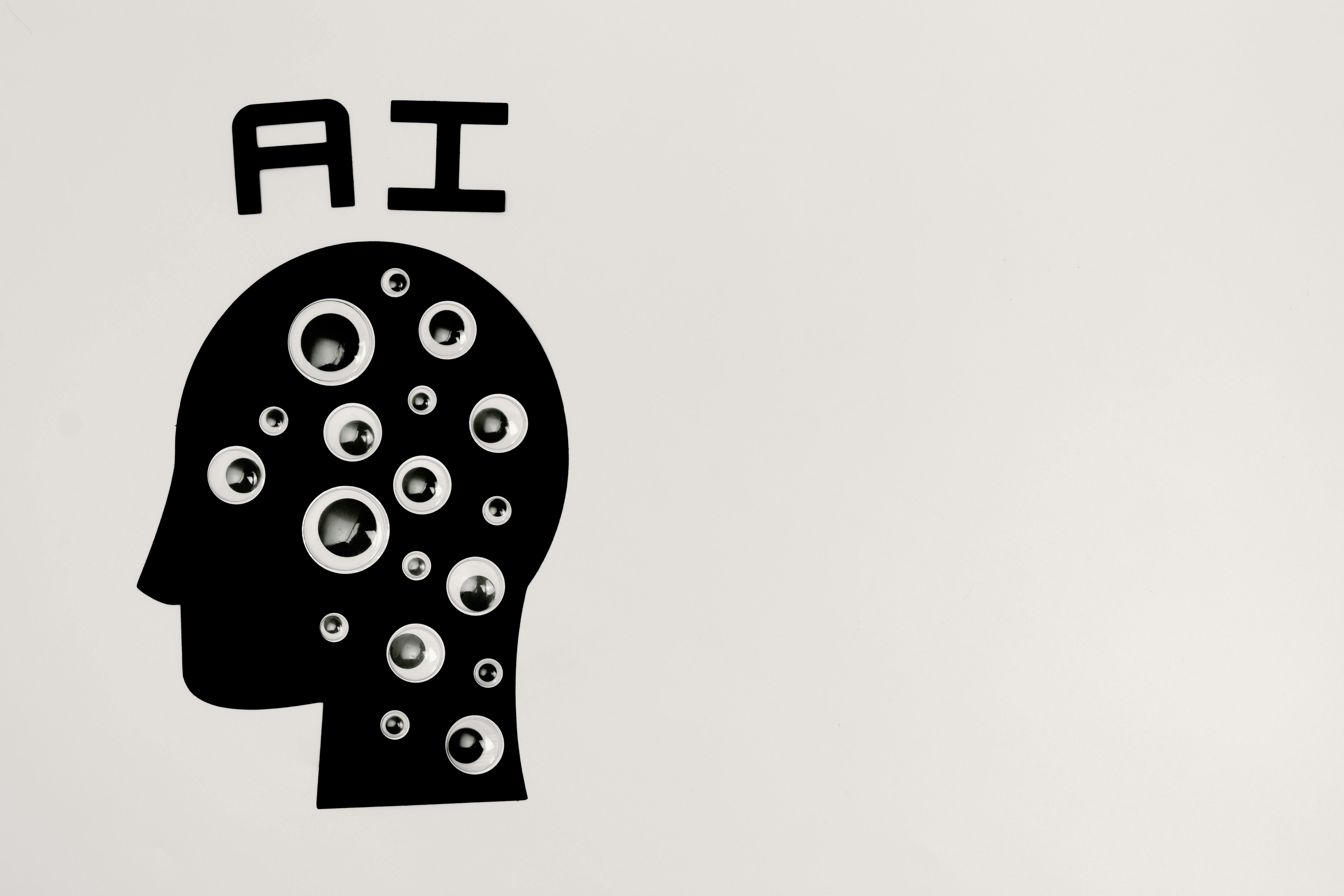
Apple releases the PowerBook series of laptops.1982 The SCELBI 8H ends up being the first commercially advertised computer system based upon a microprocessor.1985 IBM releases the ThinkPad.1992Tandy-owned RadioShack launches the TRS-80.1996 IBM launches its first personal computer, the Model 5150. Submit to see the yearsThe present order of answers is Steve Wozniak and Steven Jobs launch the Apple-1. Michael Dell launches PC's Limited out of his dormitory at the University of Texas. Apple releases the PowerBook series of laptop computers. The SCELBI 8H ends up being the first commercially advertised computer based on a microprocessor. IBM launches the ThinkPad. Tandy-owned RadioShack releases the TRS-80. IBM launches its very first desktop computer, the Model 51501974The Rise of the Computer NerdThe Altair 8800 stirs the creativity of PC pioneersFeatured on the cover of the January 1975 problem of Popular Electronics publication and sold through mail order ($ 398, assembly needed), MITS's Altair 8800, powered by Intel's 8080 processor, becomes the very first successfully commercialized computer, shooting up would-be tech giants like Bill Gates and Paul Allen.1979
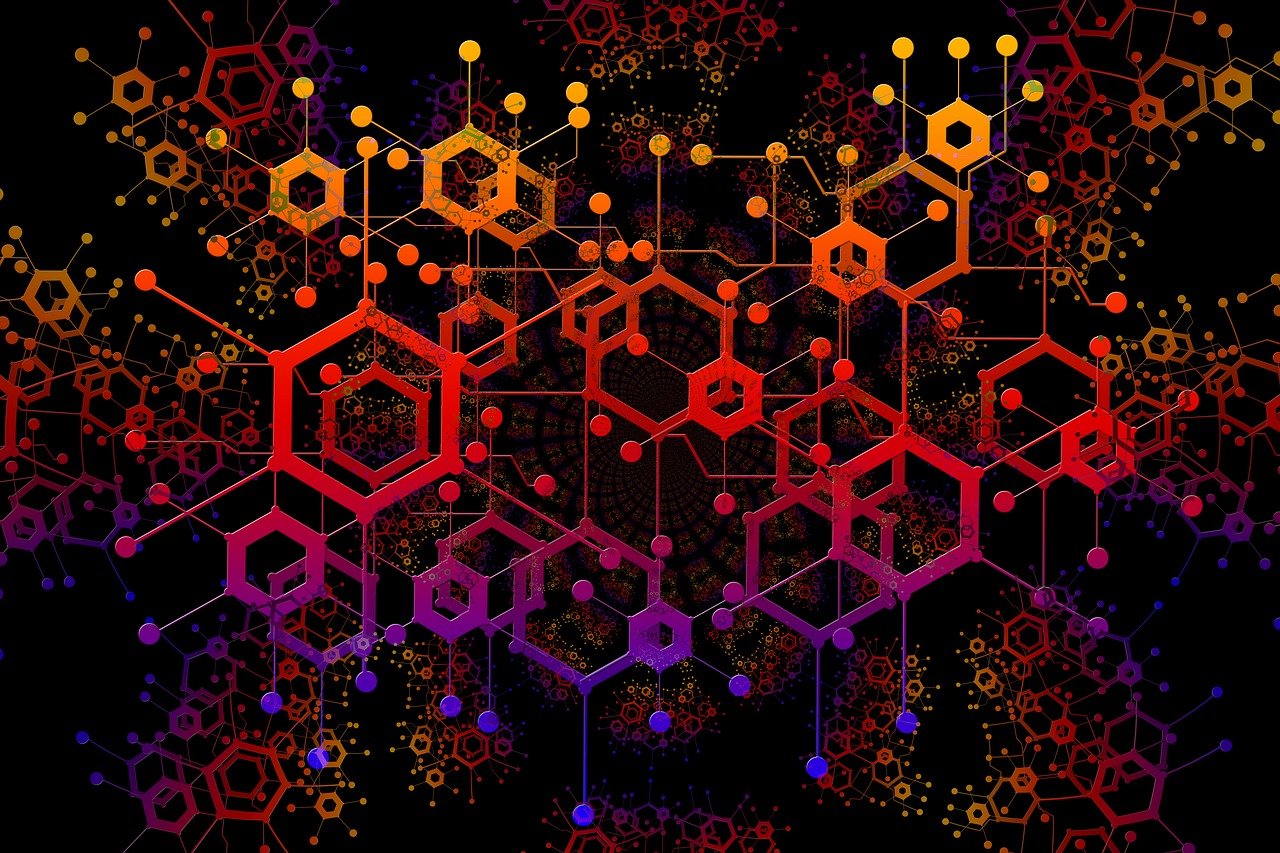
The age of Big Data is bornDatabase innovation opens new worlds of insightsLed by Larry Ellison, Relational Software Inc. (now Oracle) releases Oracle Version 2, the very first commercially readily available relational database. Such systems, initially developed by IBM scientist E. F. Codd, permit companies to query and obtain information to move much deeper insights and smarter choices and help offer the foundation for the computer system transformation in service.1980 sWith the advent of significantly easy to use PCs, computers become an important tool for businesses and households alike. Meanwhile, a breakthrough in energy storage presages the portable computing period ahead.1980 Batteries get biggerThe lithium-ion battery turbo charges energy storagePhysicist John Bannister Goodenough creates the first rechargeable lithium-ion battery, now a necessary element in smartphones and electric vehicles.QuizWhich of these products utilize lithium-ion batteries?Select all that applyCell phonesHybrid vehiclesCamerasE-bikesLawn mowersElectric toothbrushesSee answersThe following responses are currently selected:.1981 The PC age gets under wayIBM breaks brand-new ground with the 5150The microcomputer, powered by Intel's 8088 chip and selling for $1,500, opens the world of calculating to small companies and families.1984
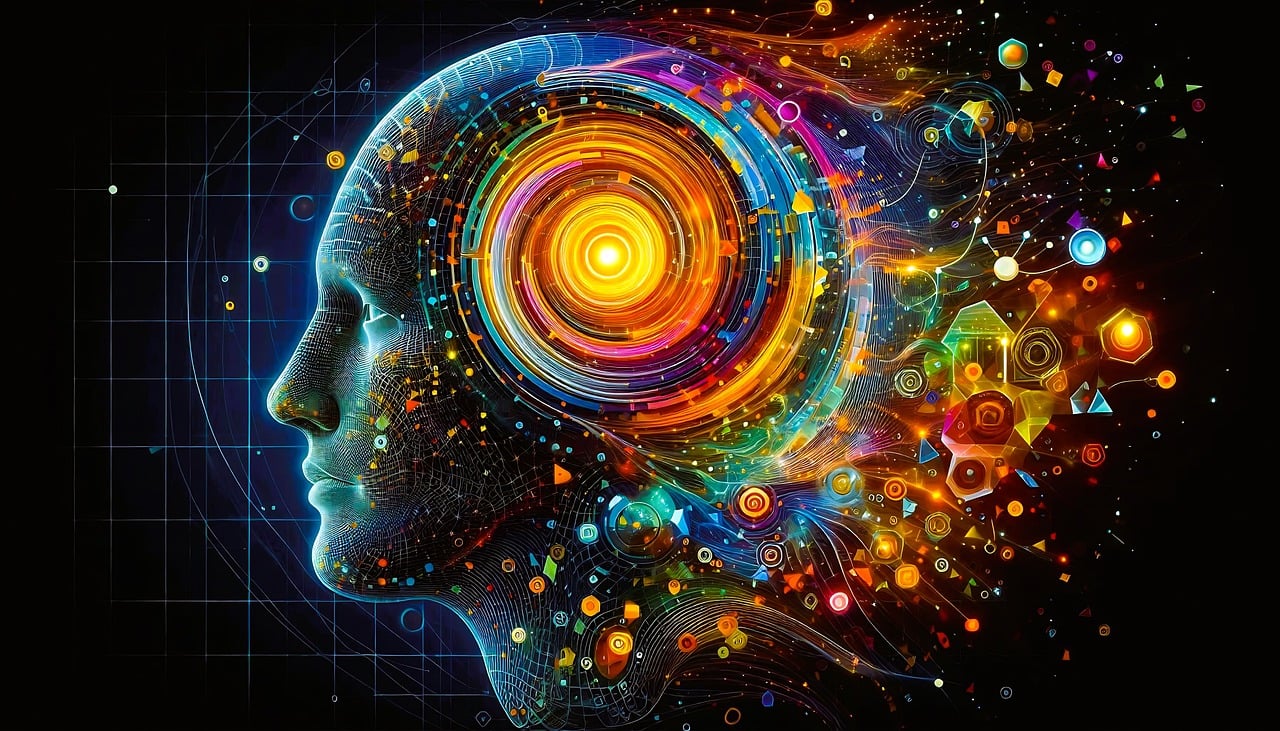
Computing gets a friendly makeoverApple debuts the Macintosh 128K computerUnveiled by Steve Jobs on January 24, 1984, this groundbreaking gadget boasts an user-friendly experience with a mouse and a visual user interface, setting a new standard for ease of usage and innovation and paving the way for Apple's future success in consumer electronics.1987 The deck is bornMicrosoft launches PowerPointOriginally known as Presenter, the game-changing discussion software uses basic features like black-and-white images and single shifts; it quickly develops into the go-to tool for service interaction, enabling users to create aesthetically interesting slides for conferences, lectures, and conferences. (Bottom image courtesy of Microsoft.) 1990sAfter decades of research study and advancement, computer networking really goes worldwide with the development of the internet, opening new vistas for companies and forever changing the method people do ... well, almost everything.1990 An OS for the agesMicrosoft unveils Windows 3.0 With an innovative interface and enhanced multitasking abilities, Windows 3.0

propels prevalent computer system adoption, especially in business world. Enabling users to effortlessly run numerous applications simultaneously, the os improves performance and solidifies Windows as the go-to choice for PC users, setting the phase for its continued dominance in the os market. (Image thanks to Microsoft.) 1991This modifications everythingThe World Wide Web is bornResponding to the need for seamless information exchange among scientists worldwide, British computer scientist Tim Berners-Lee creates the World Wide Web, which debuts with the very first functional Web server and web browser, powered by code established on a NeXT computer system. This special advancement releases the power of the web, enabling public access and changing communication and commerce on a global scale.1996 Upholding complimentary speech in the digital ageSection 230 provides tech start-ups the freedom to growShielding online platforms from legal liability for user-generated content, Section 230 of the Communications Decency Act of 1996 turbo charges the development of the nascent World Wide Web.

This in turn stimulates a wave of business owners to press forward without fear of lawsuits and clears the method for platforms like Facebook, Instagram, TikTok, YouTube, and more.1997 Machine beats manDeep Blue beats a chess grandmasterTriumphing over ruling world chess champion Garry Kasparov in a grueling six-game match under basic tournament controls, IBM's Deep Blue supercomputer showcases the capacity of compute power and artificial intelligence (AI) to emulate human idea processes. The advancement innovation paves the way for improvements in varied fields such as pharmaceutical research study, financial-risk evaluation, information analysis, and genetic exploration.QuizTry to put these machine-beats-man moments in chronological order.Drag to reorder2007A computer system program called Quackle beats Scrabble champion David Boys.2011 Google AI AlphaGo beats leading players in the Chinese strategy video game Go.2016 IBM supercomputer Watson bests Jeopardy! champions Brad Rutter and Ken Jennings.2017 The computer program Libratus defeats four top poker champs in a Texas Hold 'em competition.2022
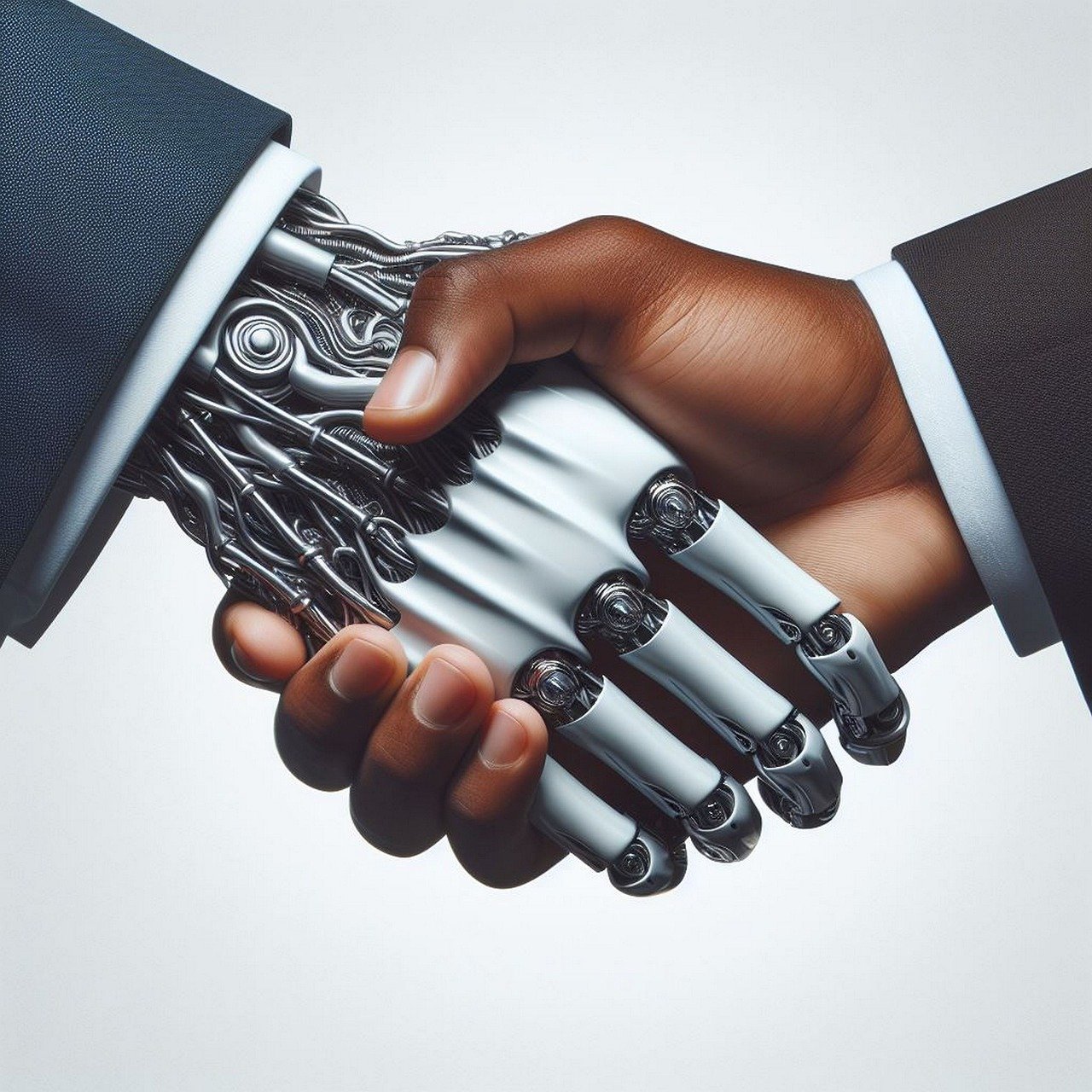
A Meta AI program called CICERO bests human competitors in the global technique game Diplomacy, which requires gamers to work out amongst one another.Submit to see the yearsThe present order of answers is A computer system program called Quackle beats Scrabble champion David Boys. Google AI AlphaGo beats leading players in the Chinese method game Go. IBM supercomputer Watson bests Jeopardy! champions Brad Rutter and Ken Jennings. The computer system program Libratus defeats four leading poker champs in a Texas Hold 'em competition. A Meta AI program called CICERO bests human rivals in the international strategy video game Diplomacy, which needs players to work out among one another1999CRM is bornA better way to serve and comprehend customers emergesSalesforce's eponymous customer-relationship-management (CRM) software releases a brand-new age of organization intelligence with a suite of items focused on sales, customer care, marketing automation, e-commerce, and analytics. Just as essential: the business leaders a new organization model--" software application as a service"-- in which the product is delivered online rather than needing to be loaded and stored on servers locally.2000
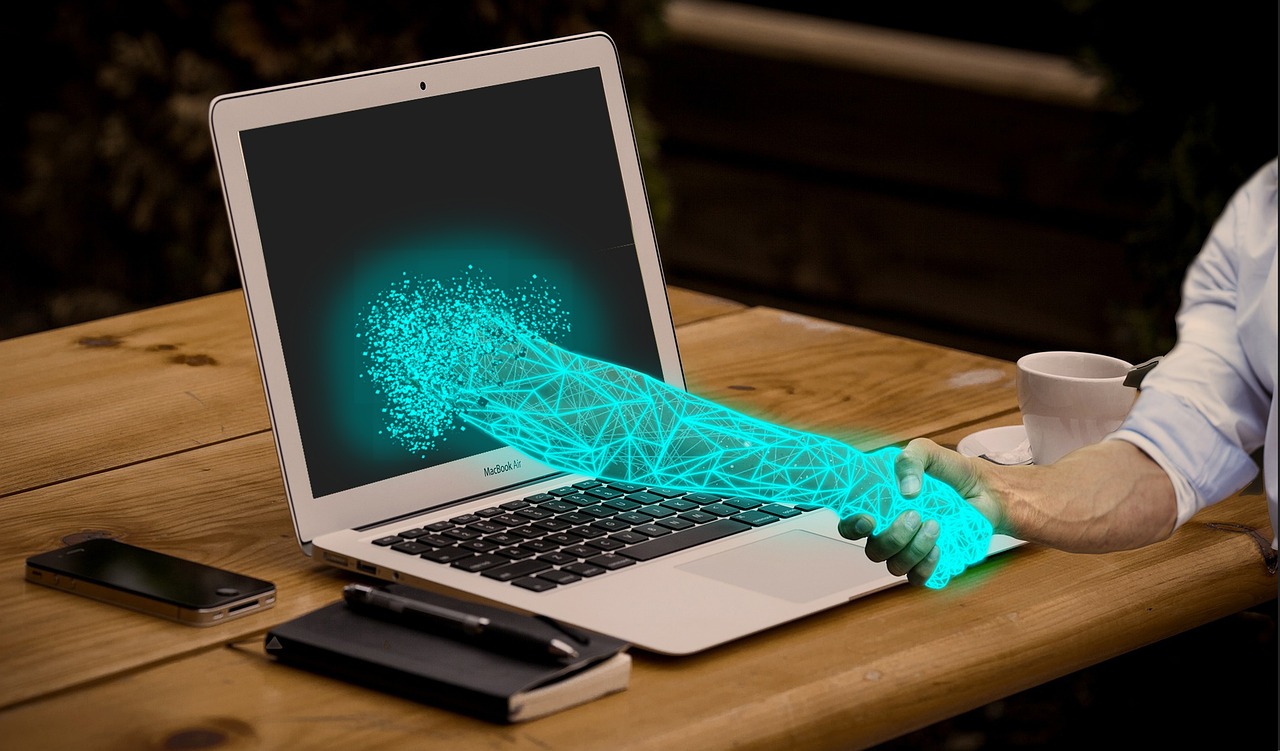
sA transformation in data storage (hey there, cloud!) and the most effective handheld computer the world has actually ever seen (hello, iPhone!) help produce a world where everything is linked and always on.2001 A brand-new blueprint for innovationAgile thinking opens brand-new vistas for developersCreated at a meeting of 17 leading software developers, the Manifesto for nimble software application development ignites a transformative shift in software application development, transitioning from siloed processes to collective, cross-functional teams characterized by iterative advancement and continuous cooperation. The approach stimulates groups to adjust and progress rapidly, not just reshaping how software is built but also empowering all groups to run more efficiently and effectively.QuizWhich of these terms is not connected with the concept of nimble thinking?Select all that applyScrumInterventionThree amigosSprintBurndown chartLogic flowVelocitySee answersThe following answers are presently picked:.2006 A storage revolutionAmazon brings calculating to the cloudThe launching of Amazon Web Services (AWS) declares the birth of cloud computing, a revolution in the arrangement of IT services that removes the requirement for businesses to purchase foundational capabilities such as storage and computing power.
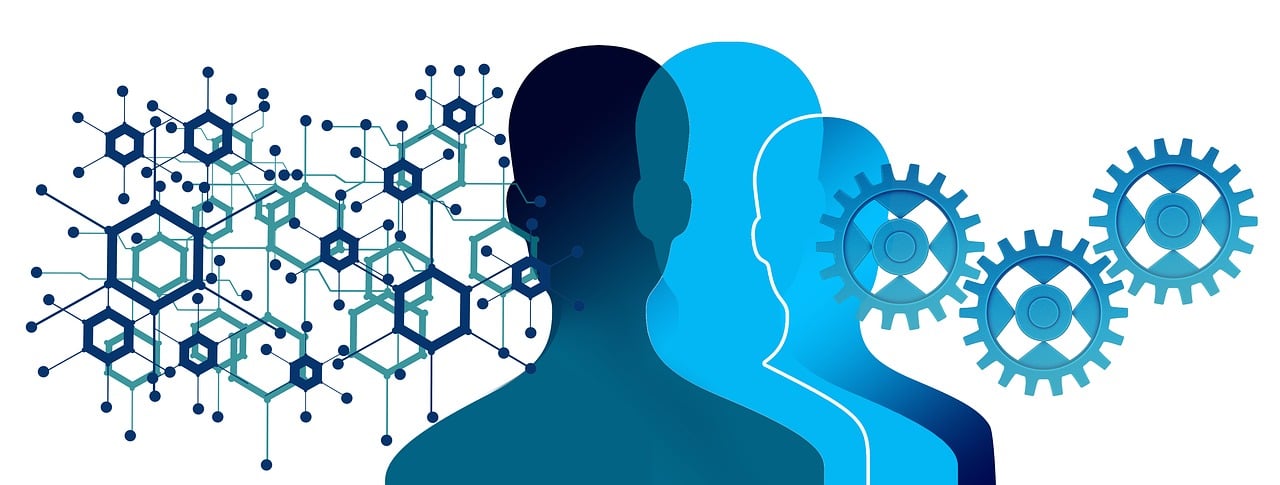
Microsoft and Google soon go into the cloud market, catalyzing a trillion-dollar market by 2023.2007 Reinventing the telephoneThe iPhone debutsApple's iPhone improves the smartphone landscape, recasting the device from a little telephone to an elegant handheld computer that can make calls and search the web. The business sells 270,000 units during the iPhone's opening weekend, intensifying to more than a million several months later.Number of active iPhone units, worldwide, totalAn animated proportional location chart showing the number of active iPhone systems worldwide in time, with a little circle representing 10 million in 2008, and a much bigger circle representing 1.38 billion in 2023. Play timelineiPhones in 200810.0 million unitsCumulative, by year20082023Source: Above Avalon, Apple, BMO Capital Markets2010sInnovations in neural networks and deep learning indicate a world in which computer systems are smarter and more powerful than ever. On the other hand, a brand-new kind of service icon shows the world what disruption appears like when technology and business-model innovation come together.2012
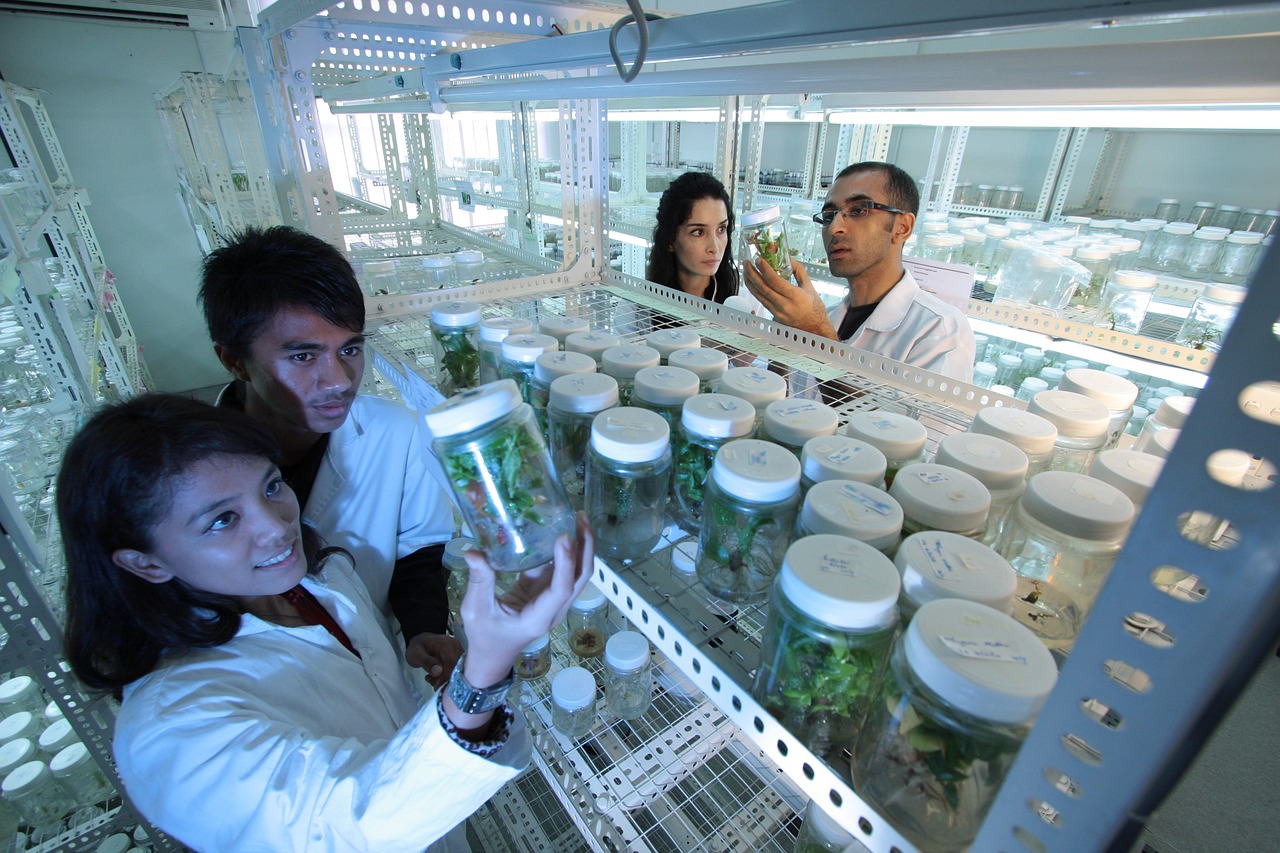
Tapping the power of dataAlexNet triumphs in deep knowing milestoneAlexNet's triumph in the ImageNet Large Scale Visual Recognition Challenge declares a development in deep learning and a significant improvement from conventional neural networks. Established by Alex Krizhevsky, Geoffrey Hinton, and Ilya Sutskever, AlexNet revolutionizes the application and efficiency of convolutional neural networks, making them extremely efficient for image data analysis. This turning point propels the field of deep knowing forward, paving the way for brand-new developments and applications in AI.2012 Elon Musk disrupts an industryTesla releases the Model STesla Motors disrupts the automotive market with the release of its electric luxury sedan, leaving from the conventional car-buying process with online acquiring and waitlist reservations and setting a new standard for benefit and accessibility. The automobile boasts benefits such as the Tesla Supercharger network and over-the-air automation updates, stimulating the adoption of electrical vehicles.2020 sThe world takes a giant step into the future as the power of generative AI triggers creativities all over.

And thanks to Elon Musk's SpaceX, deep space doesn't feel quite so "external" any longer.2021 A brand-new age in area travelSpaceX sends out civilians into orbitSpaceX accomplishes a historic turning point in commercial area exploration with the successful launch of the Inspiration4 mission, marking the very first time an all-civilian team is sent out into orbit. With this achievement, SpaceX ends up being the sole private business to both launch and return a spacecraft from Earth's orbit and the first to dock a crewed spacecraft with the International Space Station.2022-- presentTech's strong new futureGenerative AI wows the worldOpenAI releases its innovative natural-language-processing chatbot, ChatGPT, which is powered by generative AI and makes it possible for humanlike conversations to help it perform myriad tasks. Using users the ability to connect perfectly with a virtual assistant, the launching sets a new requirement for AI, promising a future where human-- computer system interaction is more intuitive and available than ever before.AI
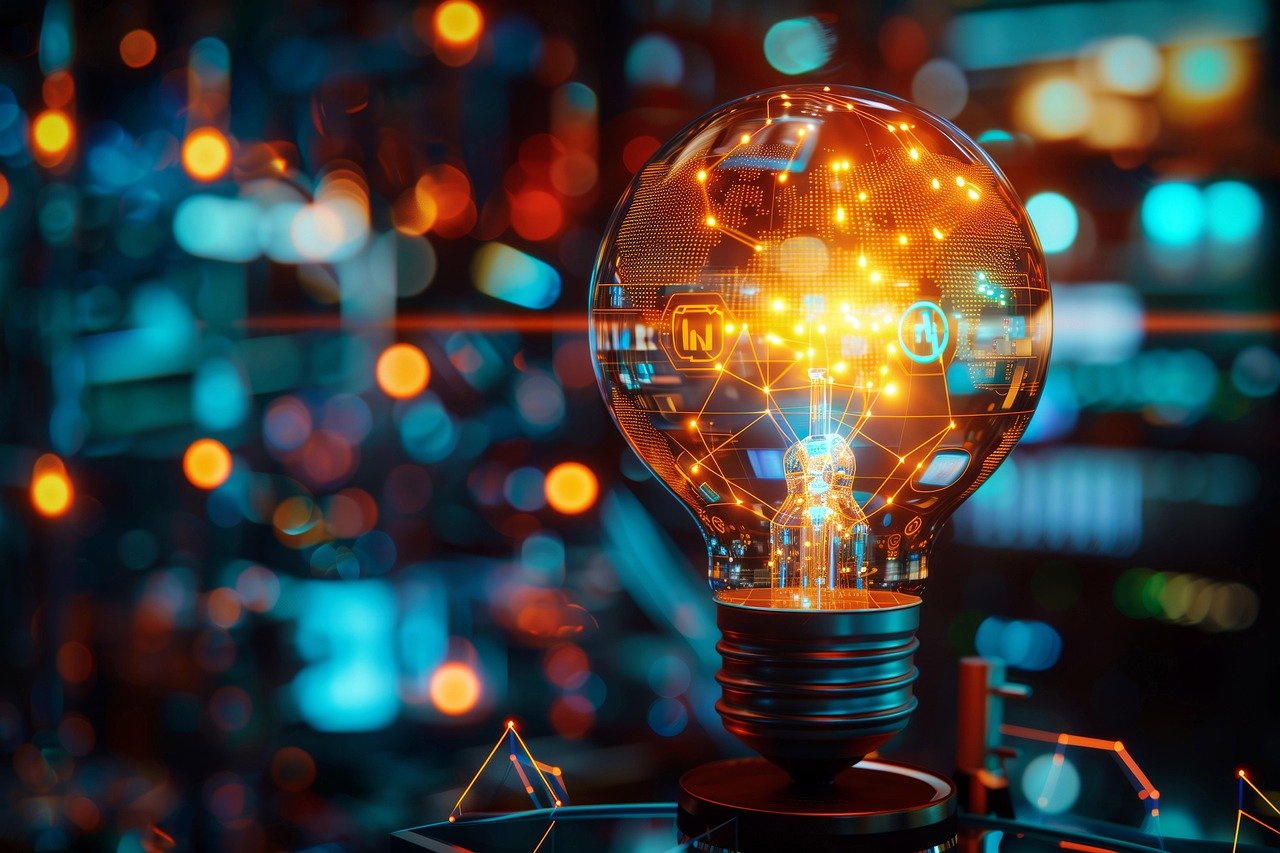
adoption worldwide has actually increased dramatically since 2023, after years of little meaningful change.Organizations that have actually adopted AI in a minimum of 1 organization function, % of respondentsAn interactive line chart revealing the adoption of AI by companies, from 20% in 2017 to 72% in 2024. Use of generative AI increased from 33% in 2023 to 65% in 2024. Adoption of AI by organization function in 2024 varied from 27% in IT to 8% in supply chain management.
Adoption of AI
Usage of generative AI
20172018201920202021202220232024020406080100View by businessfunction for 2024Adoption of AI by service function in 2024, % of respondentsInformationtechnologyMarketing andsalesProduct and/orservice developmentServiceoperationsOther corporatefunctionsSoftwareengineeringHumanresourcesManufacturingRiskSupply chain/inventorymanagement2726262119171311118Note: In 2017, the definition for AI adoption was utilizing AI in a core part of the company's business or at scale. In 2018 and 2019, the definition was embedding at least 1 AI capability in business processes or items. Given that 2020, the definition has actually been the organization has embraced AI in at least 1 function.
Source: McKinsey Global Survey on AI, 1,363 participants at all levels of the company, Feb 22-- Mar 5, 2024.
 Add Row
Add Row  Add
Add 




Write A Comment